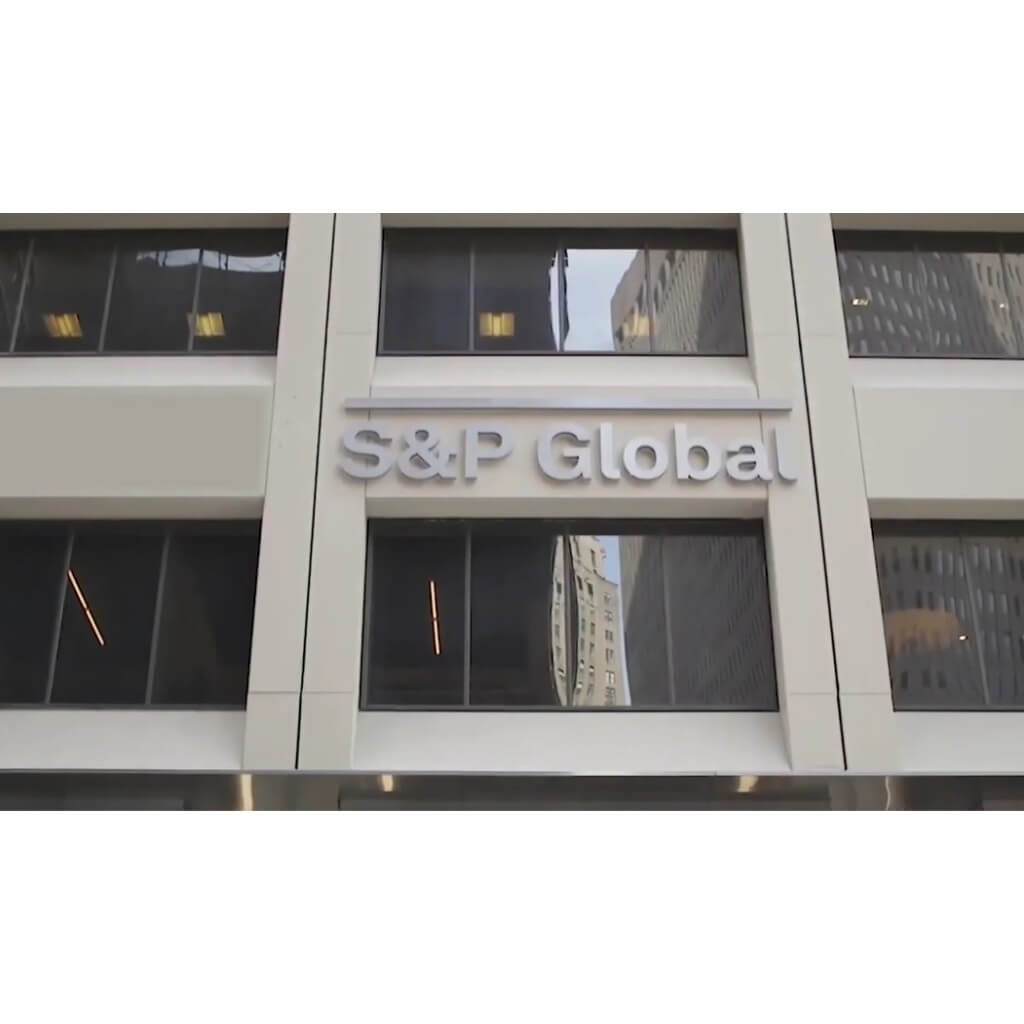Dark clouds are looming over the U.S. banking sector. S&P Global delivered a sobering verdict on Monday, reducing credit ratings for numerous regional U.S. banks.
The motive? Anticipated credit strength testing due to escalating funding costs and disturbances in the commercial real estate sector.
Banks Face the Heat of Rising Interest Rates
There’s no denying the role of the U.S. Federal Reserve’s precipitous interest rate hike in this scenario. By driving up costs linked to funding deposits, it’s set the alarm bells ringing over potential liquidity issues. And the S&P was clear in pinpointing this concern.
Banks like Associated Banc-Corp and Valley National Bancorp find themselves in the eye of the storm, with the S&P noting their augmented reliance on brokered deposits and substantial funding risks.
But that’s not the end of the story. UMB Financial Corp, Comerica Bank, and KeyCorp weren’t spared either. Their ticket to downgrade was large-scale deposit outflows accompanied by the now ever-present heightened interest rates.
KeyCorp, among these, bore an immediate brunt with a slight dip in its premarket trading shares.
A Wobbly Outlook for Some, Borrowing Woes for All
It seems the S&P’s discerning eye didn’t just stop at downgrades. S&T Bank and River City Bank’s outlooks took a hit, moving from a relatively calm “stable” to the more troubling “negative.” The cause? An amplified exposure to the commercial real estate sector.
For the banking sector, already staggering under the weight of crises past – think the earlier this year debacle involving the meltdown of Silicon Valley Bank and Signature Bank – this couldn’t come at a worse time.
That unfortunate episode resulted in a confidence nosedive and subsequent rush on deposits at several regional lending establishments. These recent rating and outlook changes spell more borrowing troubles for this sector, still trying to regain its footing.
On a global scale, borrowing costs are rocketing. A testament to this is the U.S. Treasury yields reaching a 16-year pinnacle, as the bond market chaos persisted into its sixth week.
But wait, there’s a silver lining: U.S. stock index futures experienced an uptick, with the credit going to heavyweight growth stocks.
A Trend Echoed Across Rating Agencies
Let’s not get tunnel vision and think S&P is the sole harbinger of this news. Moody’s joined the fray earlier this month, slashing its ratings for a whopping 10 U.S. banks.
And not stopping there, it has put several others – including the likes of Bank of New York Mellon and US Bancorp – on the watchlist for potential downgrades.
Rounding out the big three, Fitch’s voice was also heard. An insider from the agency spilled the beans on CNBC, hinting that more tremors could be on the horizon.
Banks like JPMorgan Chase might soon find themselves facing downgrades if the sector’s current conditions slide even further downhill. To say the U.S. banking sector is navigating turbulent waters would be an understatement.
From unsettling outflows to unnerving interest rates, the challenges seem to mount with each passing day. With prominent rating agencies like S&P ringing the alarm bells, it’s a wake-up call that can’t be ignored.
The question now isn’t about if these institutions can weather the storm, but how they’ll adapt to this rapidly evolving fiscal landscape.





